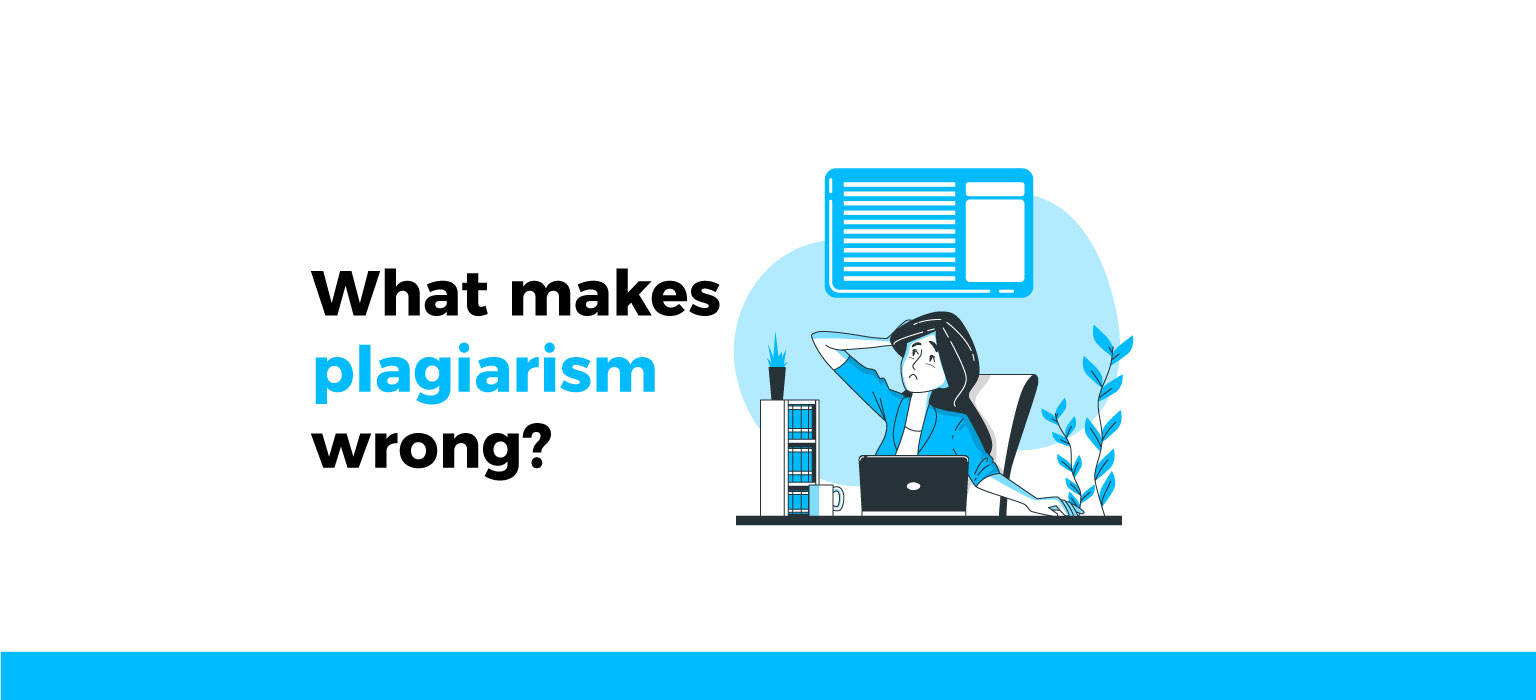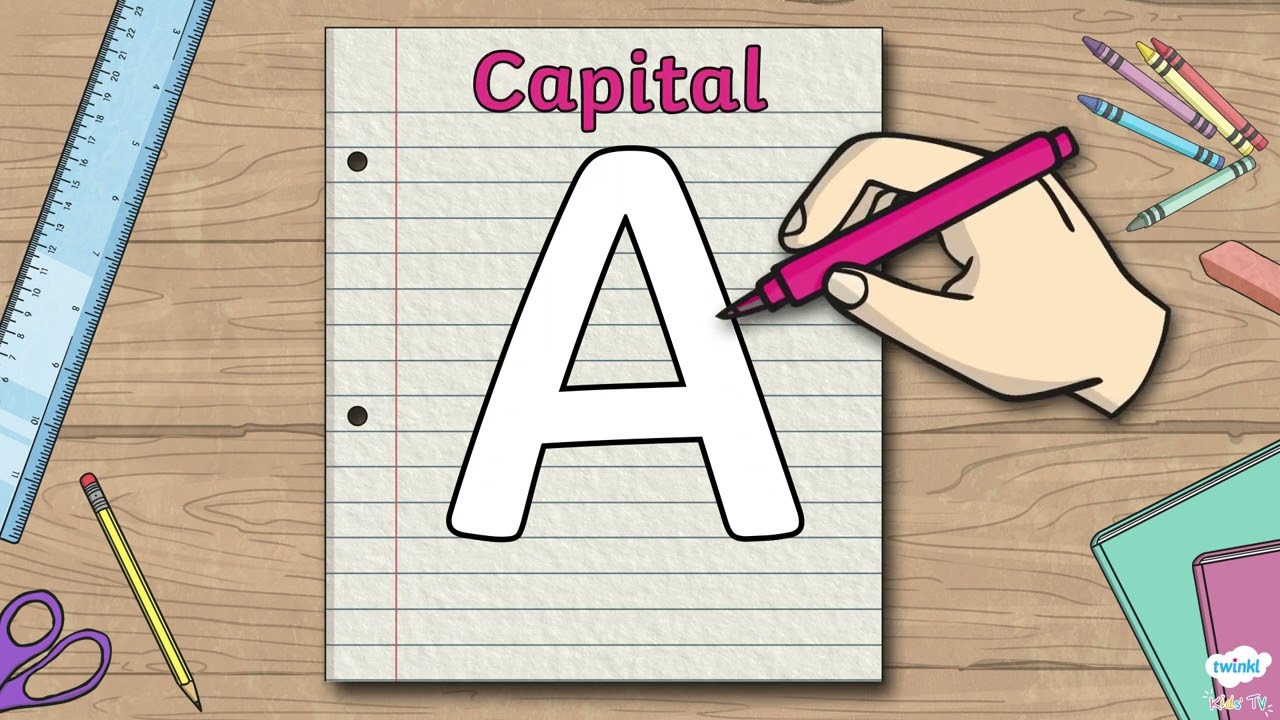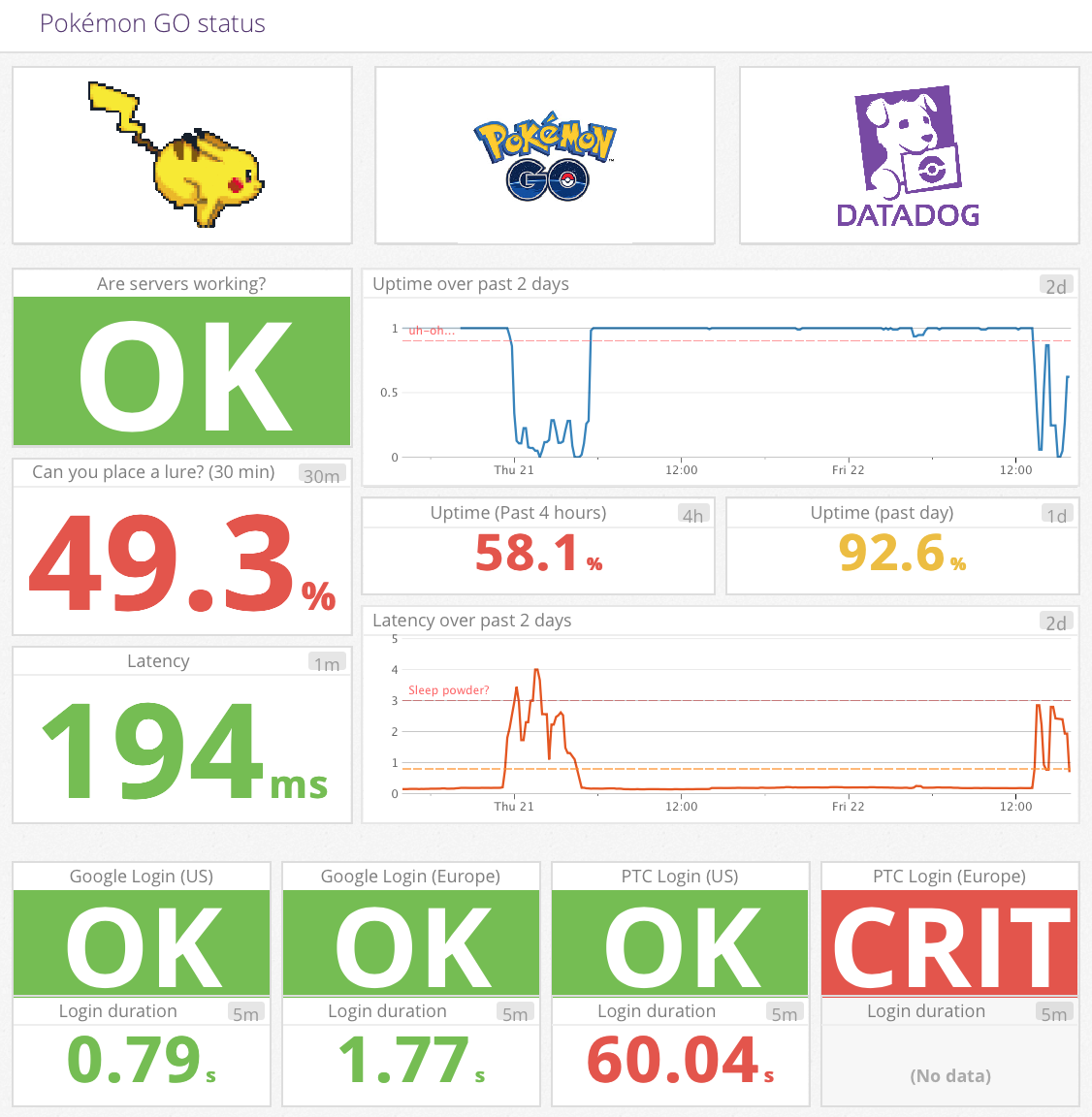Plagiarism is an issue that affects not only the world of academia but also the creative and professional fields. It involves the unauthorized use or close imitation of the language and thoughts of another author and the representation of them as one’s own original work. But why is plagiarism bad? The reasons are multifaceted and can range from ethical breaches to legal consequences.
What is Plagiarism?
Plagiarism occurs when an individual takes the ideas, words, or work of another and presents them without proper acknowledgment. This deceptive act can take many forms, from copying text verbatim to paraphrasing someone else’s ideas without citation. It’s essential to understand that plagiarism is a serious infringement on intellectual property.
In educational settings, plagiarism violates the core values of academic integrity and can tarnish the reputation of both students and institutions. In the professional world, it can lead to a loss of credibility and legal challenges.
Universities such as UNSW and the University of Oxford have stringent policies against plagiarism, emphasizing the importance of ethical research practices and proper referencing techniques.
Why Is Plagiarism Bad for Students?
For students, engaging in plagiarism can have detrimental effects on their academic journey. Plagiarism undermines the learning process, depriving the student of the opportunity to develop critical thinking skills and mastery of the subject matter.
Moreover, it can lead to severe academic consequences, including failing grades, suspension, or even expulsion. Such outcomes not only affect a student’s academic record but also their future career prospects.
Academic institutions promote original work and acknowledgment to foster an environment of growth and innovation. When plagiarism is present, it corrodes this foundational principle.
What Are the Consequences of Plagiarism?
The consequences of plagiarism extend beyond the academic sphere. Legal repercussions can include fines and lawsuits, particularly when the original work is protected by copyright laws. This can result in a significant financial burden and a stain on one’s professional career.
In addition to legal action, individuals found guilty of plagiarism may suffer from a tarnished reputation, which can be difficult to rebuild. The broader community may lose trust in the individual’s work, leading to diminished opportunities and a compromised professional network.
 TikTok emojis – list of TikTok emoticons and codes
TikTok emojis – list of TikTok emoticons and codesIt’s not just the plagiarist who is affected; the original author of the work is deprived of their rightful credit and the rewards associated with their efforts, whether those are monetary, academic, or reputational.
How Do Professors Check for Plagiarism?
Professors utilize a variety of plagiarism detection methods to identify unoriginal work. Technology plays a significant role in this process, with sophisticated software designed to compare student submissions against a vast database of academic texts, journals, and internet sources.
Universities also educate faculty on the subtler signs of plagiarism, such as changes in writing style, outdated references, and incongruent knowledge levels. Instructors are encouraged to engage with students and discuss the importance of academic integrity.
Prevention is also key. Many educational institutions offer resources and courses on how to avoid plagiarism, ensuring that students understand the difference between proper and improper referencing techniques.
What Are Some Examples of Plagiarism?
Examples of plagiarism can range from the obvious to the more nuanced. Copying text directly from a source without quotation marks or citation is a clear form of plagiarism. Similarly, paraphrasing without giving credit, using someone else’s ideas as if they were one’s own, and even self-plagiarism – reusing one’s own previously published work without acknowledgment – are all considered plagiarism.
More subtle examples might include using a source too closely when paraphrasing, not using quotation marks properly, or omitting sources from a works cited list. These instances, whether intentional or accidental, are still serious violations of academic and professional standards.
How to Avoid Plagiarism?
Avoiding plagiarism involves a combination of careful research, diligent note-taking, and conscientious writing. Here are some steps to ensure academic integrity:
- Understand the context – Grasp the ideas you are researching fully before writing about them.
- Keep track of sources – Record all the information you may need for your citations as you do your research.
- Use quotations – When using someone else’s words, use quotation marks and cite the source.
- Paraphrase correctly – Rewrite the information in your own words and style, ensuring you are not just altering a few words here and there.
- Cite your sources – Whether you are quoting directly or paraphrasing, always provide appropriate attribution.
Remember, proper referencing techniques are essential for avoiding plagiarism and maintaining the integrity of your work.
Forms of Plagiarism
Understanding the different forms of plagiarism can help in preventing it. The most common types include:
 Twitter GIF Downloader – Save GIF from Twitter
Twitter GIF Downloader – Save GIF from Twitter- Direct plagiarism – Taking passages word-for-word from another work without citation.
- Mosaic plagiarism – Piecing together information from different sources to create a new text, without citations.
- Accidental plagiarism – Neglecting to cite sources or paraphrasing improperly, often due to a lack of understanding of citation rules.
- Self-plagiarism – Submitting one’s own previous work as if it were new.
Each type of plagiarism carries with it the same potential for consequences, emphasizing the need for vigilance and adherence to ethical academic practices.
Preguntas Frecuentes Sobre el Plagio y Sus Consecuencias
What Is Plagiarism and Why Is It Bad?
Plagiarism is the act of using someone else’s work without proper acknowledgment and passing it off as your own. It is considered bad because it violates ethical standards, undermines the educational process, and can lead to a host of academic, personal, and legal consequences.
Plagiarism can also damage the credibility of academic institutions and devalue the significance of degrees earned. It hinders the growth of knowledge and the incentive for original research and innovation.
What Is the #1 Cause of Plagiarism?
The primary cause of plagiarism is often a lack of understanding or disregard for the principles of academic integrity and the importance of proper citation. Pressure to succeed, poor time management, and the ease of access to digital content can also contribute to the temptation to plagiarize.
Students may not fully grasp the differences between plagiarism and legitimate use of sources or may not have been adequately educated on how to reference correctly.
What Are the Negative Impacts of Plagiarism?
Plagiarism’s negative impacts are far-reaching. Beyond the immediate academic consequences for students, it can result in a loss of trust among peers and educators. In professional settings, it can lead to legal disputes, financial penalties, and irreparable harm to one’s career.
Furthermore, it undermines the integrity of academia and research, as it suggests that the value of original ideas and hard work is negligible.
Why Might Plagiarism Be Unacceptable?
Plagiarism is unacceptable because it is a form of intellectual theft and a serious breach of academic conduct. It demonstrates a lack of respect for the original creator’s efforts and for the academic community’s commitment to truth and originality.
Respecting intellectual property rights is fundamental to fostering an environment where knowledge can be freely shared, critiqued, and advanced.
 Resize image to 100KB free
Resize image to 100KB freeUnderstanding the reasons behind Why Is Plagiarism Bad? is crucial for students, educators, and professionals alike. By being mindful of the types and reasons, individuals can strive to maintain integrity in their work and contribute positively to the collective pool of knowledge.











